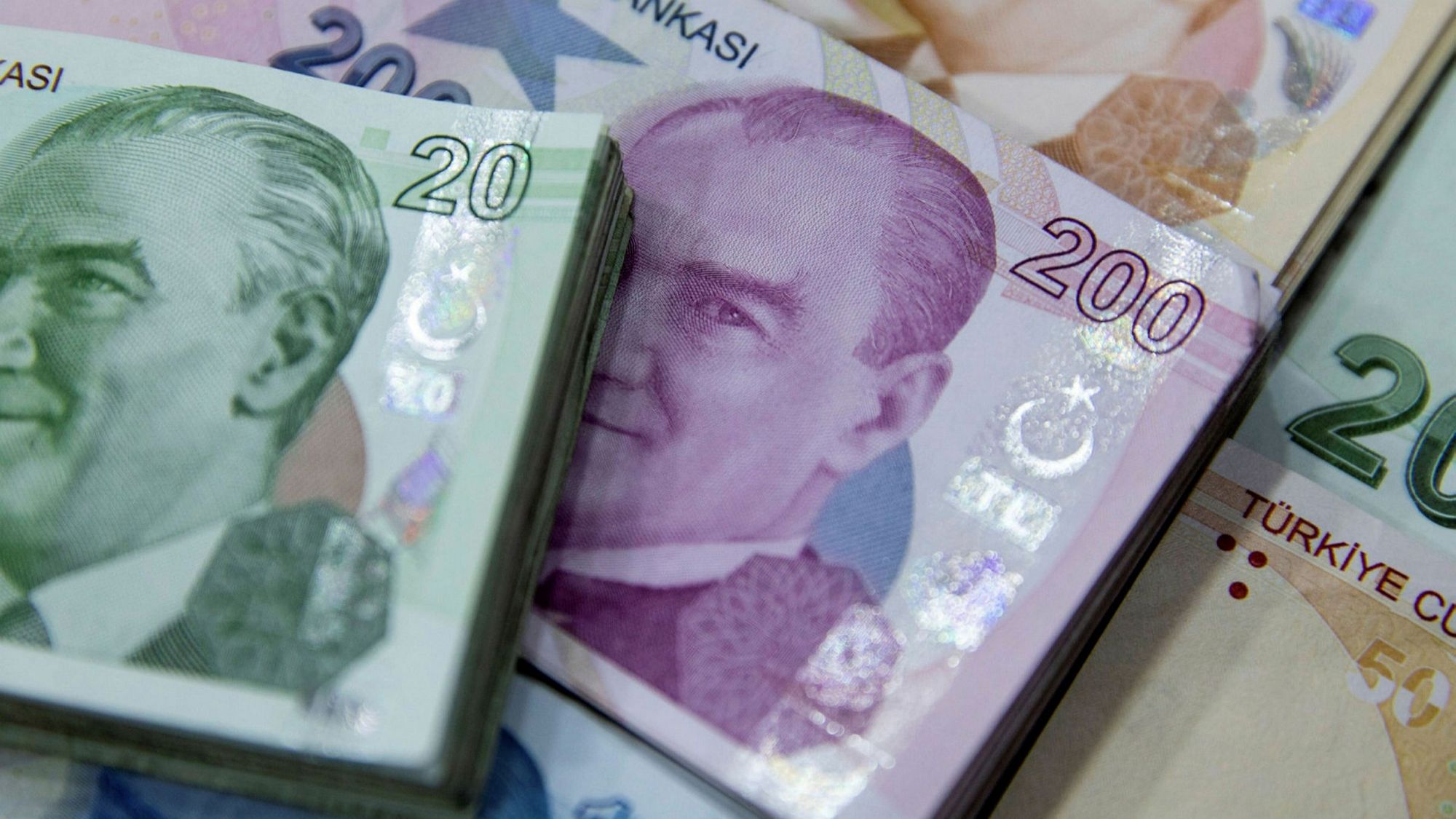FXOpen

The ongoing crisis that has been affecting the Turkish Lira for several months is showing no sign of giving way, and the country's astonishing inflation rate of over 70% is testimony to the dire situation that the nation's economy is facing.
Turkey is an industrial and commercial powerhouse in the Middle East, and is home to the most developed and diversified industry base in the region, however whilst the productivity and quality of product are both high, and the work ethic is still being clearly demonstrated in a nation which has been open for business during times when others were less so, the Lira and its inflationary backdrop are a massive bugbear.
The US Dollar, along with all other major currencies, has continued to rise significantly against the Turkish Lira, and today's value for the USDTRY is 17.94.
Turkish companies which conduct business on an international basis have been faced with the volatility of Forex transactions when settling accounts with their partners and clients, and the continued decline in value of the Turkish Lira has landed them with a conundrum.
Yesterday the Turkish media reported that companies are borrowing in Lira partly to pay off their debts in foreign currency, and many companies in Turkey have used an average of around 30 Lira out of every 100 Lira borrowed from banks to settle their debts in US Dollars and Euros.
The sustained losses that the Turkish Lira has made against all major currencies over the past year has caused a dramatic increase in servicing the repayments of foreign debt for Turkish businesses, and this is how it is being addressed.
At the end of June, the Turkish government announced a ban on loans in Lira to companies holding what it deemed to be too much foreign currency.
This caused the Lira to whipsaw, a term referring to price movements in a volatile market when a stock or currency price will suddenly switch direction.
By June 27 the Lira made an unusual gain of approximately 8% gain in two days, trading at 16.01 to the US Dollar, up from the day before the announcement where it closed at 17.35.
But by late afternoon on the following Monday, it had pared some of those gains, decreasing slightly to 16.5 against the dollar, after whipsawing within the 16 to 17 lira per dollar range.
Clearly volatility is still rampant, however the switch toward using Lira to repay debt in overseas currencies could be a potential method of circulating the Lira more vigorously which may go some way toward helping it slow its downward spiral.
Currently, however, it is an uncertain market with an almost year-long record of a downward spiral.
Trade over 50 forex markets 24 hours a day with FXOpen. Take advantage of low commissions, deep liquidity, and spreads from 0.0 pips. Open your FXOpen account now or learn more about trading forex with FXOpen.
This article represents the opinion of the Companies operating under the FXOpen brand only. It is not to be construed as an offer, solicitation, or recommendation with respect to products and services provided by the Companies operating under the FXOpen brand, nor is it to be considered financial advice.
Stay ahead of the market!
Subscribe now to our mailing list and receive the latest market news and insights delivered directly to your inbox.









